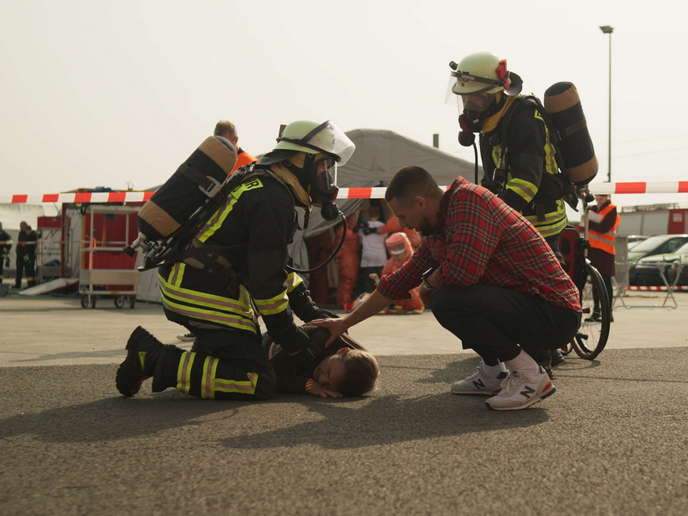New commercial antiterrorism systems
Many of Europe's most critical infrastructures or venues are also the most vulnerable to terrorist attack. Targets are often completely unprotected from terrorism, partly due to cost-benefit considerations. Thus, terrorism protection also involves marketing elements. The EU-funded RIBS (Resilient infrastructure and building security) project aimed to improve Europe's building security. Plans involved determining requirements for effective and affordable measures that defend commercial buildings from terrorism. A second goal was to develop the means to evaluate levels of protection offered by candidate security technologies. The seven-member consortium ran for three years to October 2013. Work began with creation of an infrastructure model representing a commercial building plus associated occupants and services. Needs and constraints of various typical corporate departments were also detailed. The project team, including security experts and end users, devised various realistic future operational scenarios, accommodating ordinary situations and extraordinary events, including terrorist threats. Hypothetical attack plans led to revision of the scenarios, using a combination of role playing and discrete event simulation. Additional models were devised to more realistically simulate effects of the threat situation. Project experts determined high-level requirements of a system able to deal with a range of threats. The list was verified using two methods. The requirements thus guided innovations by small businesses with limited security experience. RIBS also offered a risk-based methodology for documenting such needs. The RIBS project produced requirements for hypothetical security systems able to deal with terrorist threats. Such work guided development of a new generation of security products, while also incorporating ethical concerns.







